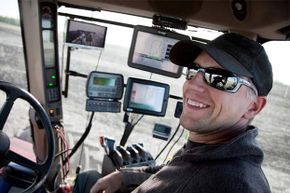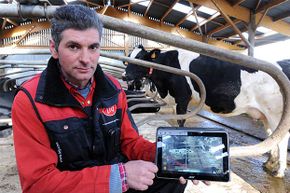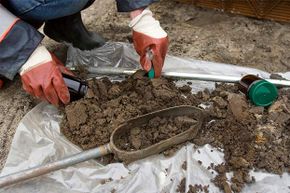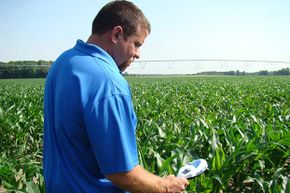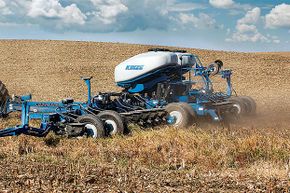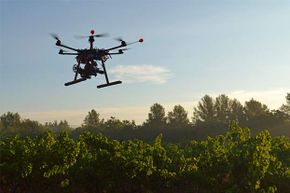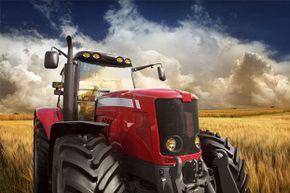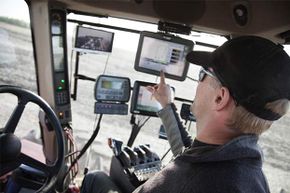Being a farmer is hard work. Sure, you get to spend all day outdoors, and there's that nice supply of incredibly fresh and organic food at your fingertips. There's also the crack-of-dawn starting times and 14-hour days filled with hard physical labor, ripe animal manure and delicate cow udders. Fortunately, technology is making its way down on the farm. It's also making the work of living off the land just a little bit easier.
Back in 1794, Eli Whitney secured a patent for his cotton gin, the revolutionary machine that made de-seeding balls of the fluffy, white stuff a much more efficient process. In 2014, modern inventors are increasing farming efficiency and effectiveness with everything from GPS-equipped tractors and robot milkers to hand-held gadgets that measure nitrogen levels in soil [sources: History, van Vark].
Advertisement
Heigh-ho, the derry-o. The farmer's got some new toys to play with on the dell. While some of them may not have made it yet to the typical farm, most already have and others will, if pricing goes down.
